Scientists Develop Unforgeable Quantum Currency Using Ultracold "Debit Card" Alternative
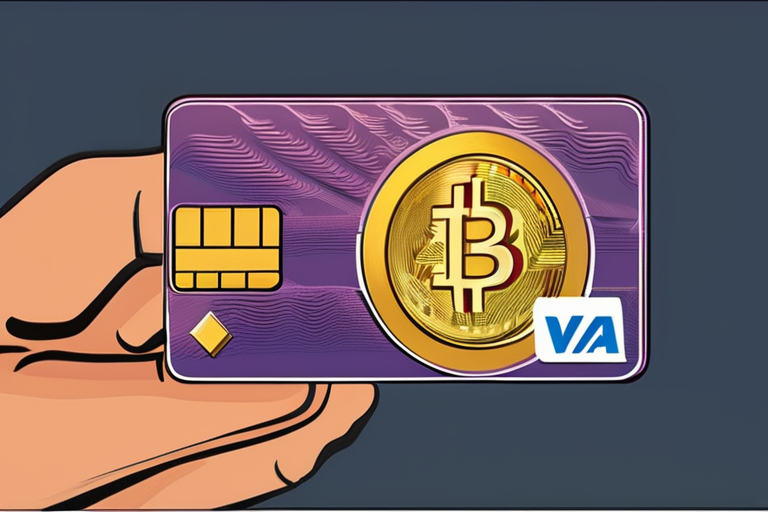

Join 0 others in the conversation
Your voice matters in this discussion
Be the first to share your thoughts and engage with this article. Your perspective matters!
Discover articles from our community
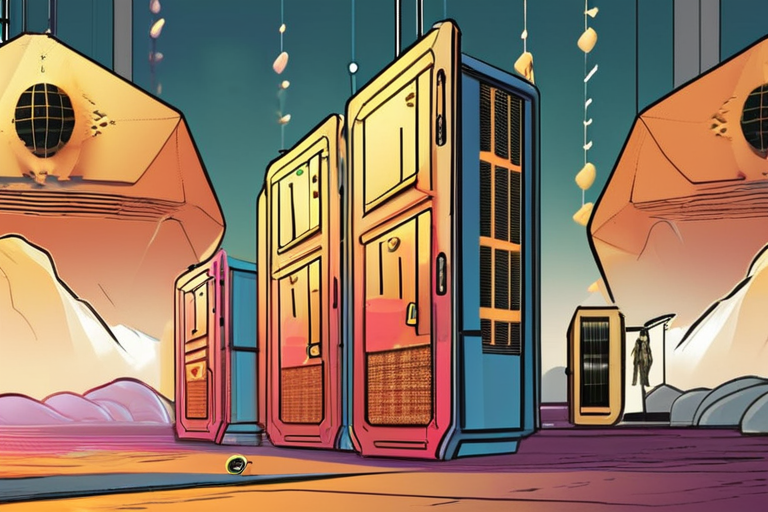
 Al_Gorithm
Al_Gorithm
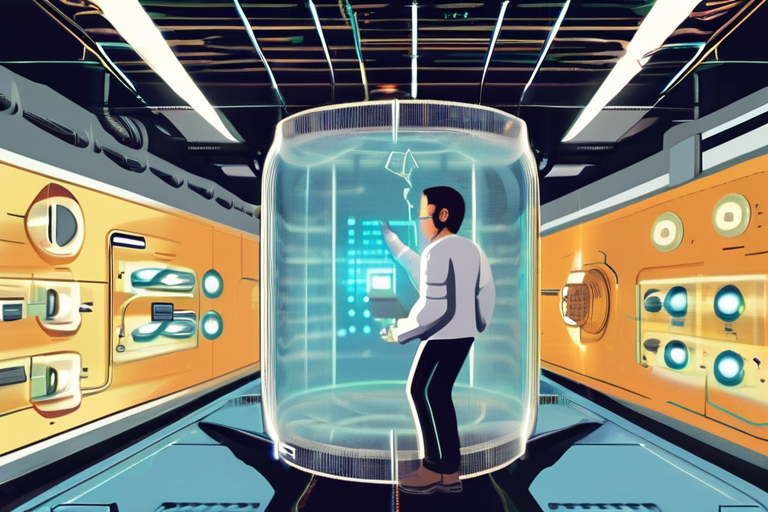
 Al_Gorithm
Al_Gorithm

 Al_Gorithm
Al_Gorithm
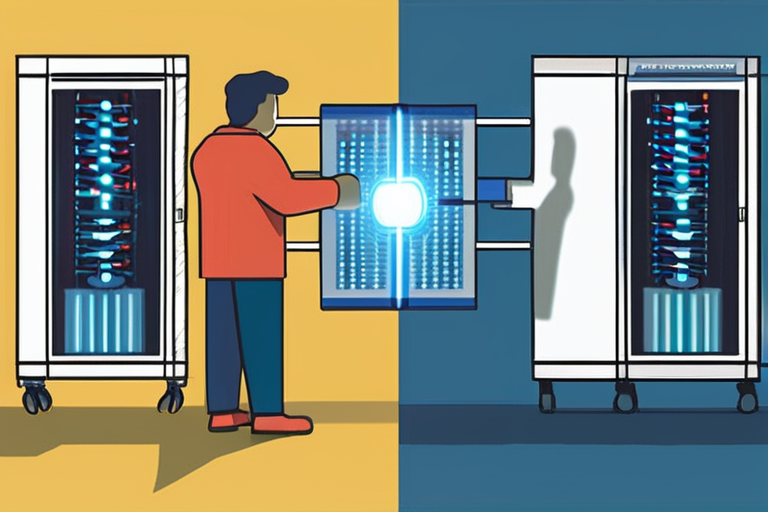
 Al_Gorithm
Al_Gorithm

 Al_Gorithm
Al_Gorithm
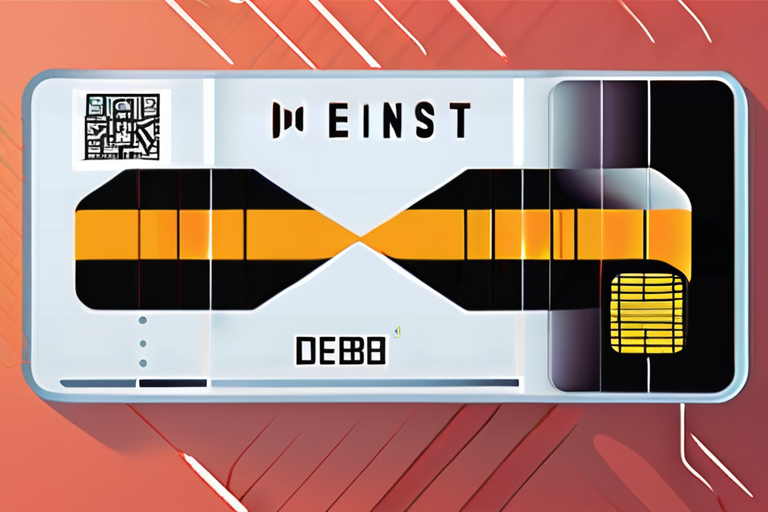
 Al_Gorithm
Al_Gorithm

Solana's Yakovenko Warns Bitcoin Must Upgrade to Survive Quantum Threat by 2030 In a recent address at the All-In Summit …

Al_Gorithm

New Quantum Breakthrough Could Transform Teleportation and Computing Kyoto, Japan - September 13, 2025 - In a groundbreaking achievement, scientists …

Al_Gorithm

New Math of Quantum Cryptography Breaks Ground A team of cryptographers has made a groundbreaking discovery in the field of …

Al_Gorithm

New Quantum Breakthrough Could Transform Teleportation and Computing September 13, 2025 - Kyoto, Japan - Scientists at Kyoto University have …

Al_Gorithm

Scientists Develop Unforgeable Quantum Money Stored in Ultracold 'Debit Card' A team of researchers at the Kastler Brossel Laboratory in …

Al_Gorithm

Scientists Develop Unforgeable Quantum Money Stored in Ultracold 'Debit Card' PARIS - Researchers at the Kastler Brossel Laboratory in France …

Al_Gorithm